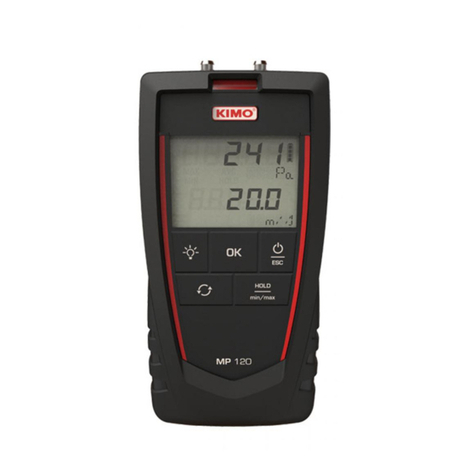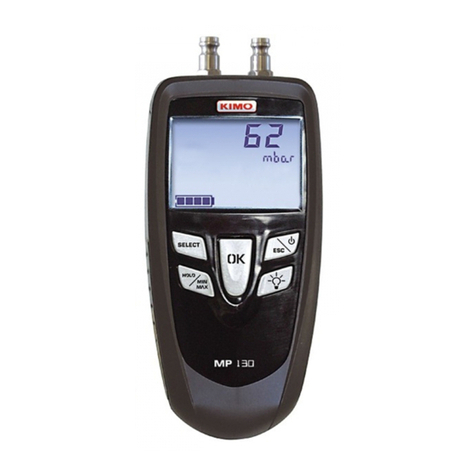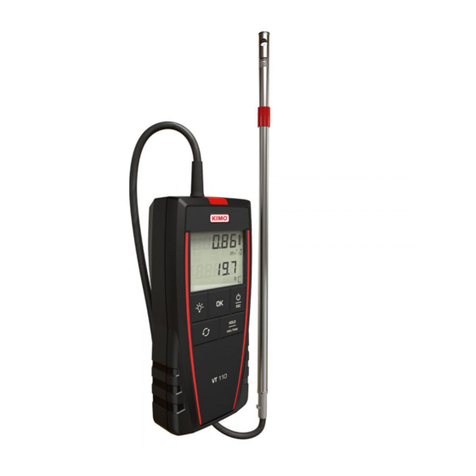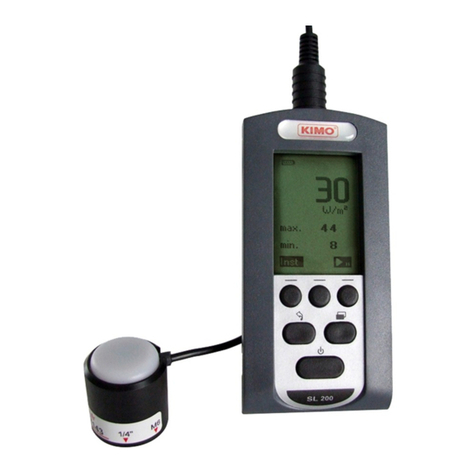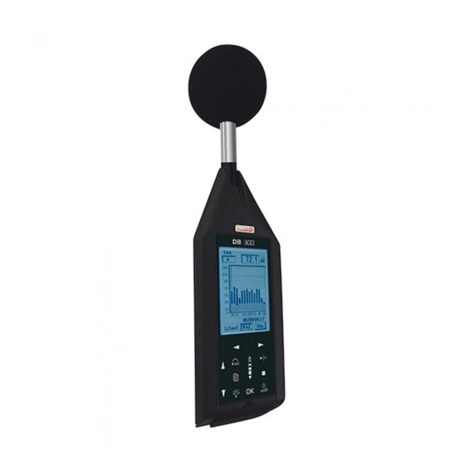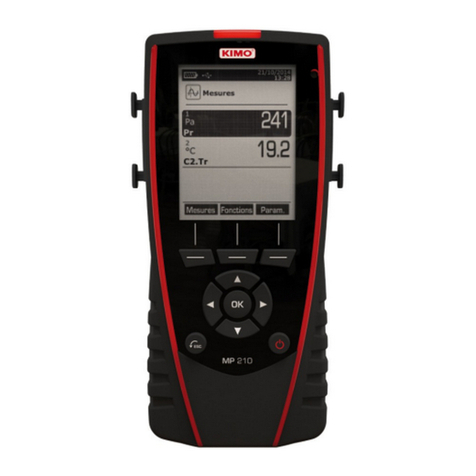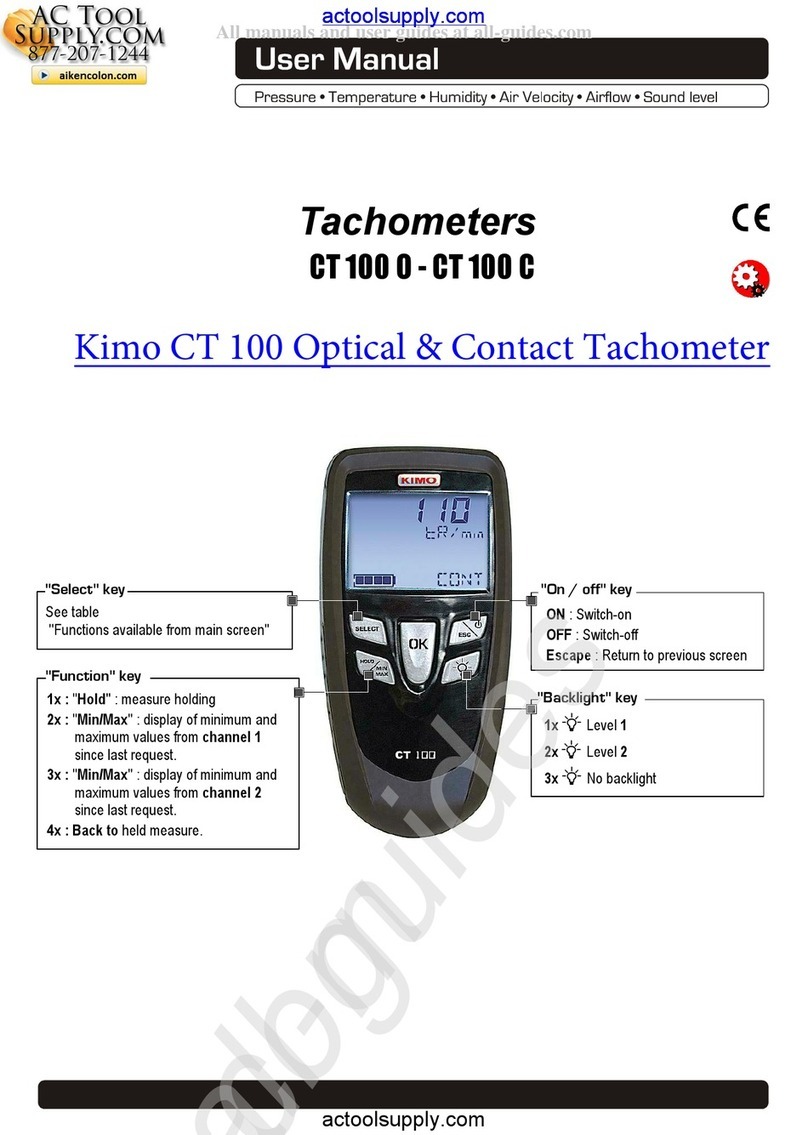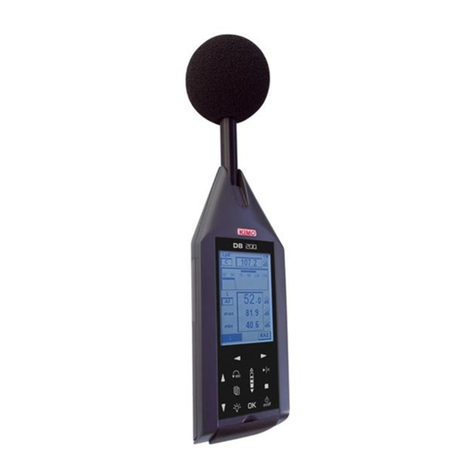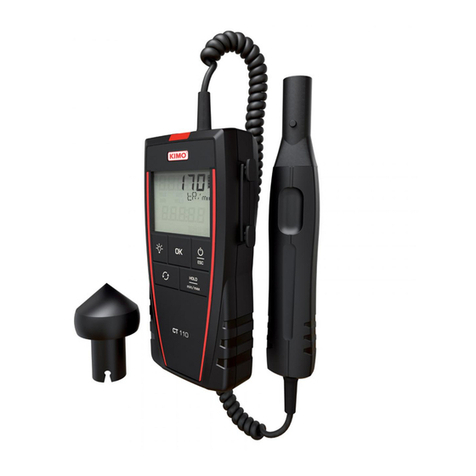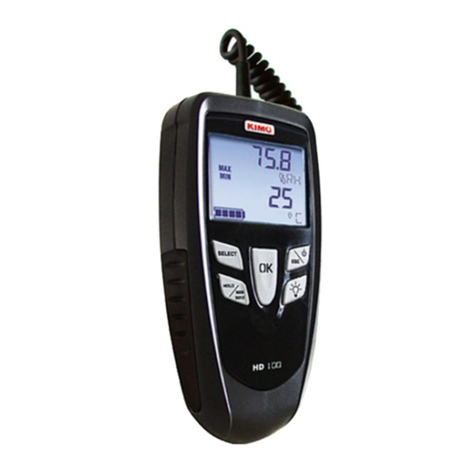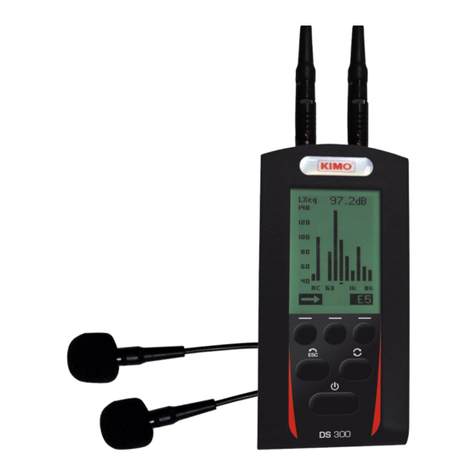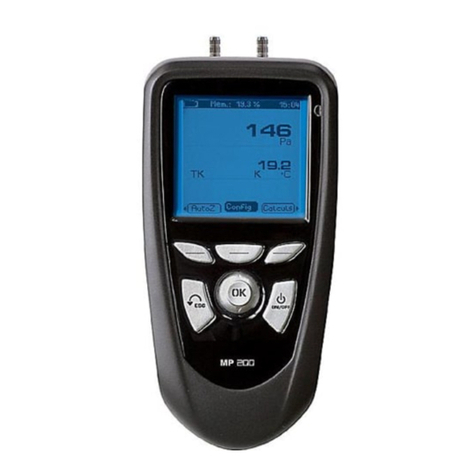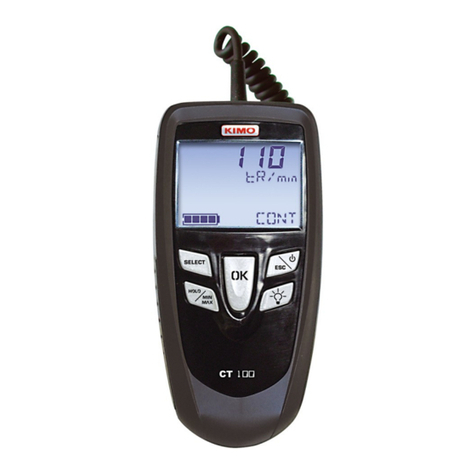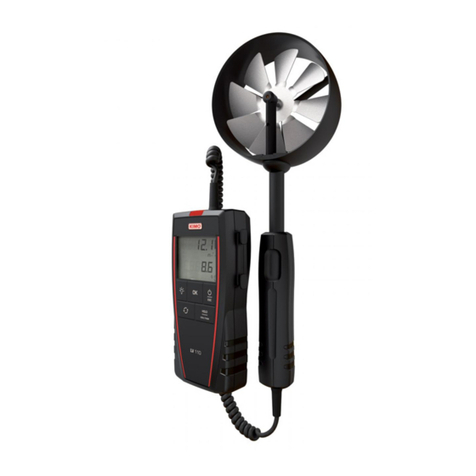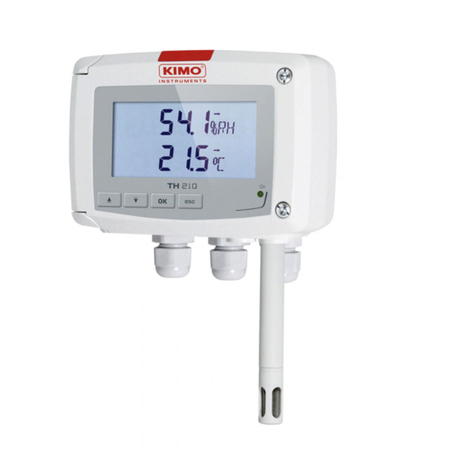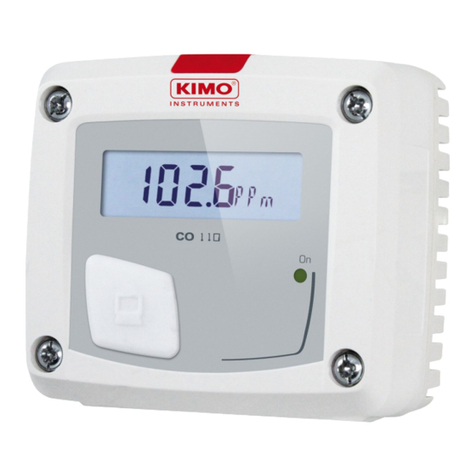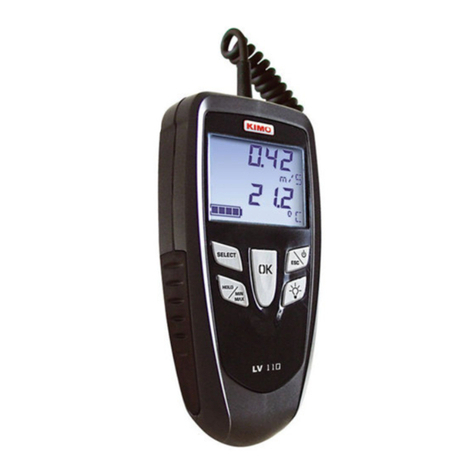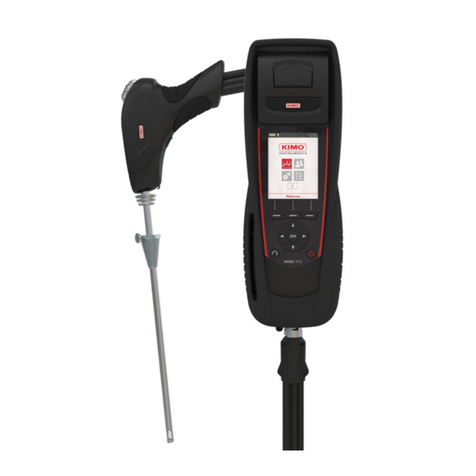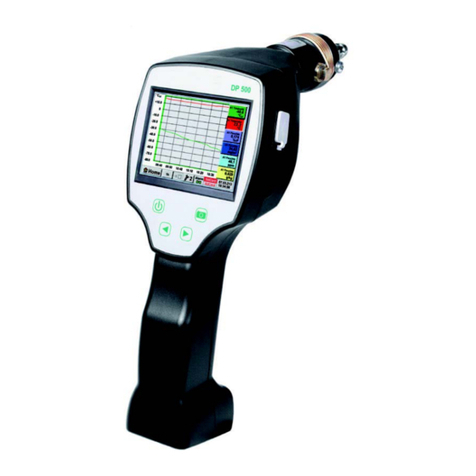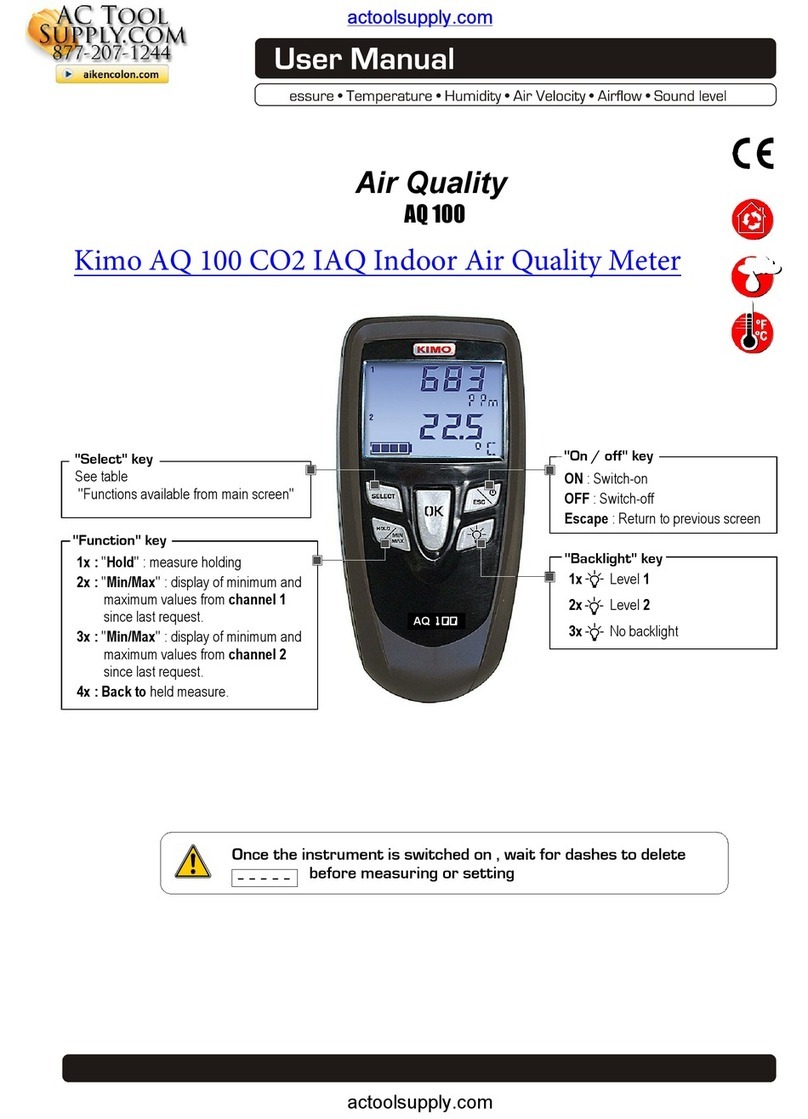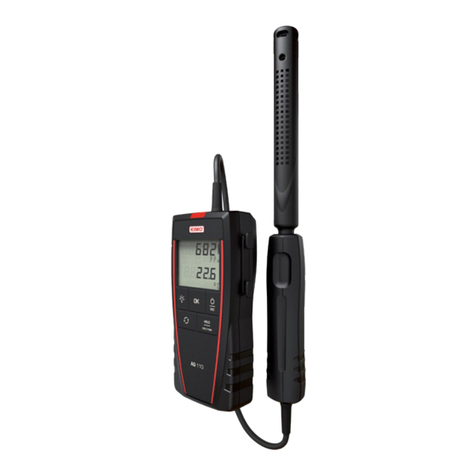Table of contents
1. Introduction....................................................................................................................................................................... 4
1.1. Key points................................................................................................................................................................. 4
1.2. Technical features..................................................................................................................................................... 4
1.3. General technical features........................................................................................................................................ 5
2. Presentation of airflow meter............................................................................................................................................ 6
2.1. ase.......................................................................................................................................................................... 6
2.2. Grid........................................................................................................................................................................... 7
2.3. Electronic housing..................................................................................................................................................... 7
Features:......................................................................................................................................................................... 7
2.3.1. Airflow meter mode........................................................................................................................................... 8
2.3.2. Micromanometer mode..................................................................................................................................... 8
2.3.3. Power supply of electronic housing................................................................................................................... 8
2.4. Hoods........................................................................................................................................................................ 9
3. Mounting the airflow meter................................................................................................................................................ 9
3.1. Mounting of frame..................................................................................................................................................... 9
3.2. Setting of the cloth.................................................................................................................................................. 10
3.3. Setting of rods......................................................................................................................................................... 11
4. Using D M610 in airflow meter mode............................................................................................................................. 12
4.1. Starting up............................................................................................................................................................... 12
4.2. Configure the airflow meter..................................................................................................................................... 12
4.2.1. Set the correction coefficient........................................................................................................................... 12
4.2.2. Set measurement units................................................................................................................................... 12
4.2.3. Set a damping................................................................................................................................................. 12
4.2.4. Activate or deactivate standardised airflow..................................................................................................... 12
4.3. Perform averages.................................................................................................................................................... 13
4.3.1. Perform an automatic average........................................................................................................................ 13
4.3.2. Perform an aggregate of automatic averages................................................................................................. 13
5. Using D M610 in micromanometer mode...................................................................................................................... 14
5.1. Starting up............................................................................................................................................................... 14
5.2. Set the micromanometer......................................................................................................................................... 14
5.2.1. Select the airflow sensor................................................................................................................................. 14
5.2.2. Set the surface................................................................................................................................................ 14
5.2.3. Set measurement units................................................................................................................................... 15
5.2.4. Set a damping................................................................................................................................................. 15
5.2.5. Activate or deactivate the solenoid valve........................................................................................................ 15
5.2.6. Set the thermocouple type.............................................................................................................................. 15
5.2.7. Set the compensation temperature................................................................................................................. 16
5.2.8. Activate or deactivate the standardised airflow............................................................................................... 16
5.3. Activate or deactivate air velocity and airflow.......................................................................................................... 16
5.4. Use the Matrix grid.................................................................................................................................................. 16
5.5. Perform averages.................................................................................................................................................... 16
5.5.1. Automatic average.......................................................................................................................................... 16
5.5.2. Point/point average......................................................................................................................................... 16
5.5.3. Point/point automatic average......................................................................................................................... 17
5.6. Perform an autozero............................................................................................................................................... 17
5.7. Hold the measurement............................................................................................................................................ 17
6. Manage dataset recordings............................................................................................................................................. 18
6.1. Get to recorded datasets......................................................................................................................................... 18
6.2. Delete recorded datasets........................................................................................................................................ 18
7. Set the device................................................................................................................................................................. 19
7.1. Set date and time.................................................................................................................................................... 19
7.2. Set language........................................................................................................................................................... 19
7.3. Set automatic shut-off............................................................................................................................................. 19
7.4. Set brightness......................................................................................................................................................... 19
7.5. Set contrast............................................................................................................................................................. 19
7.6. Activate or deactivate beep..................................................................................................................................... 19
8. Information about the device........................................................................................................................................... 20
8.1. Identification............................................................................................................................................................ 20
8.2. Calibration............................................................................................................................................................... 20
8.3. After sales service................................................................................................................................................... 20












